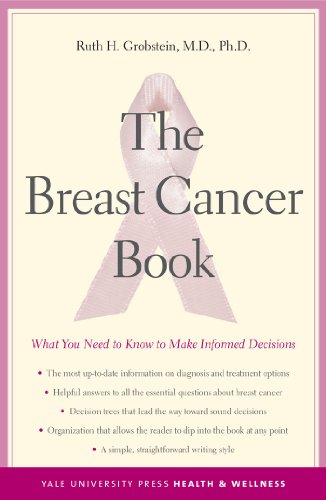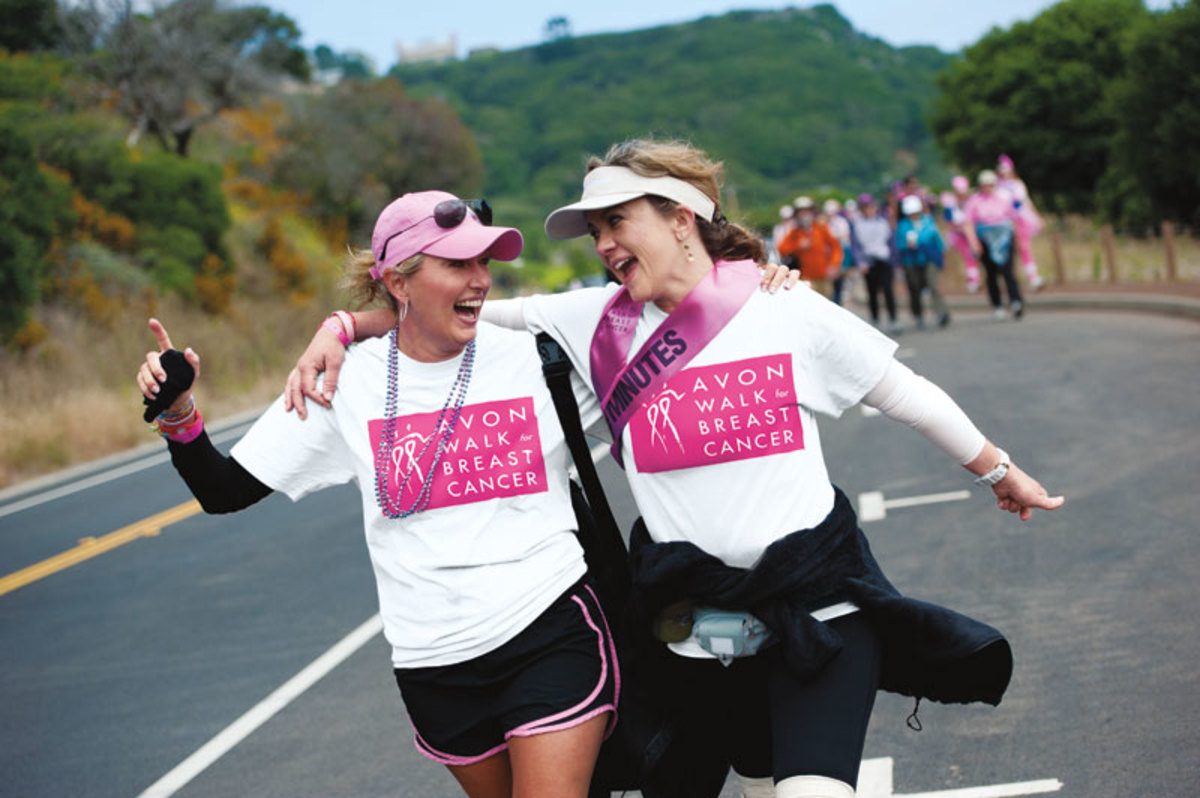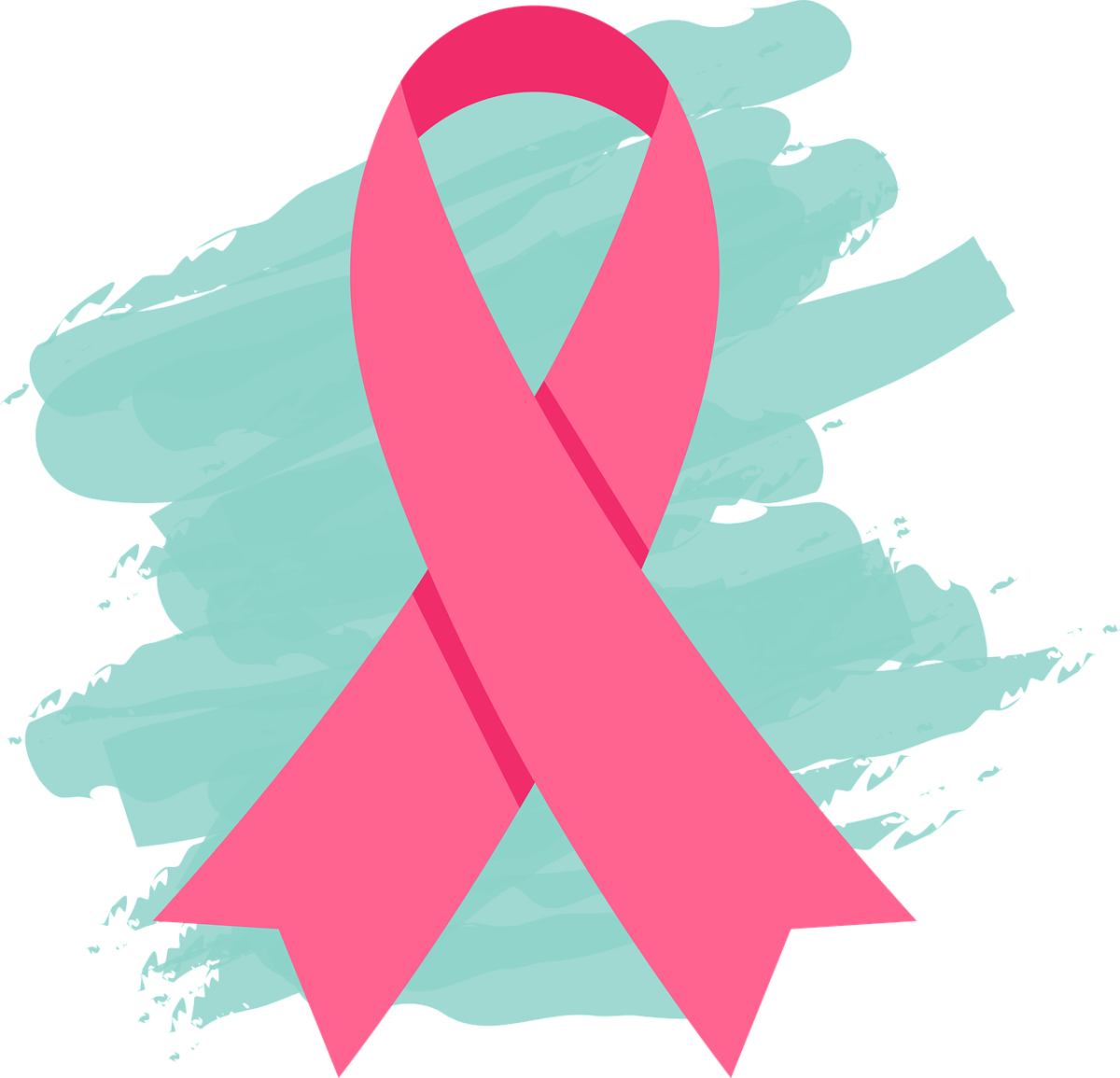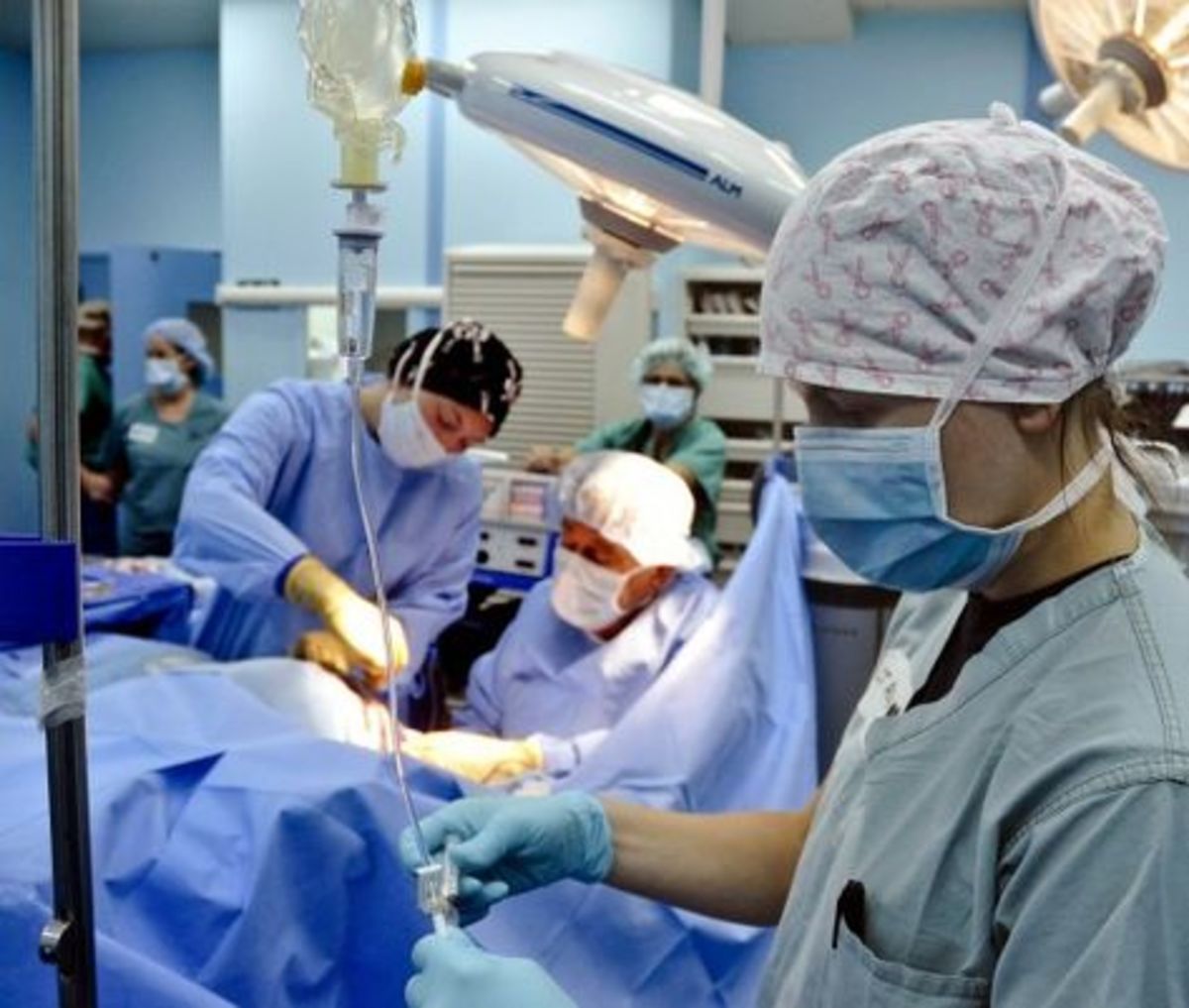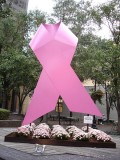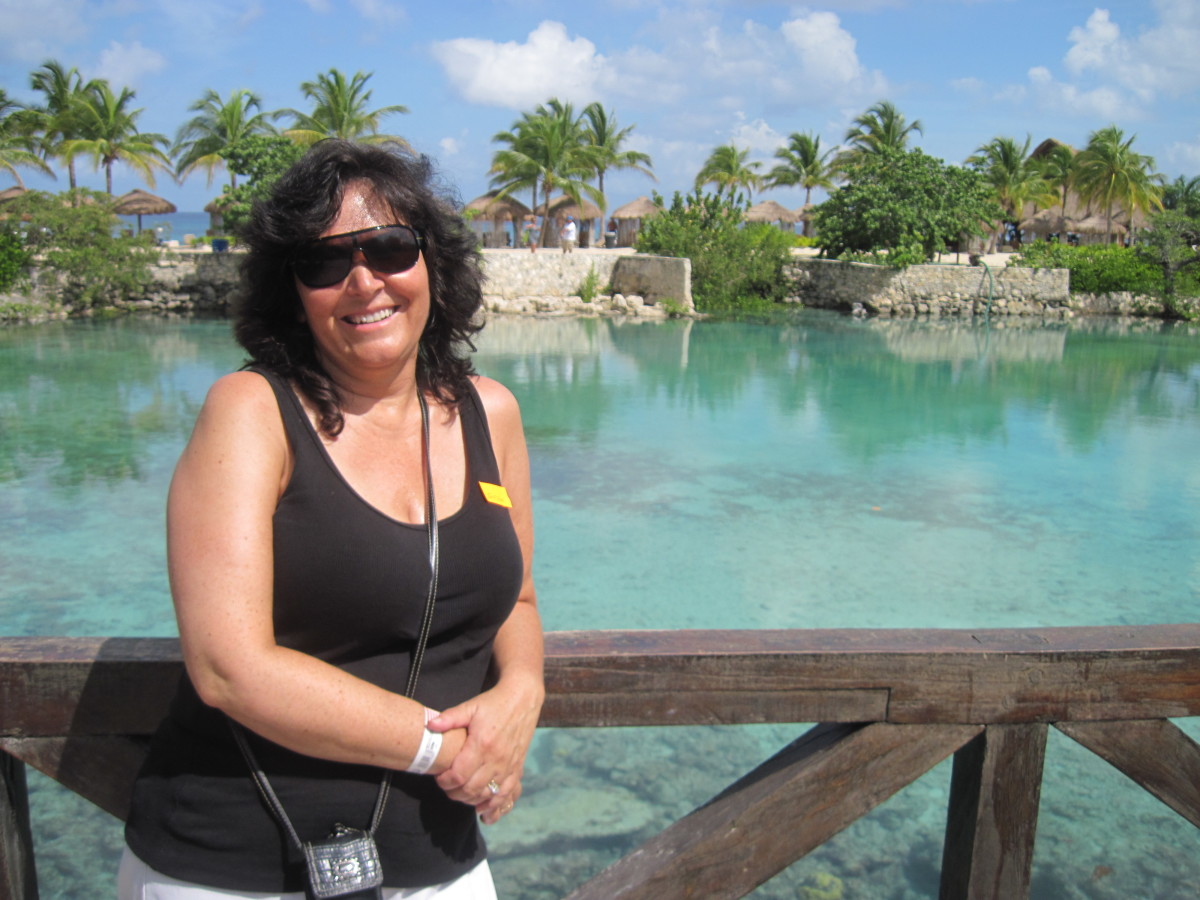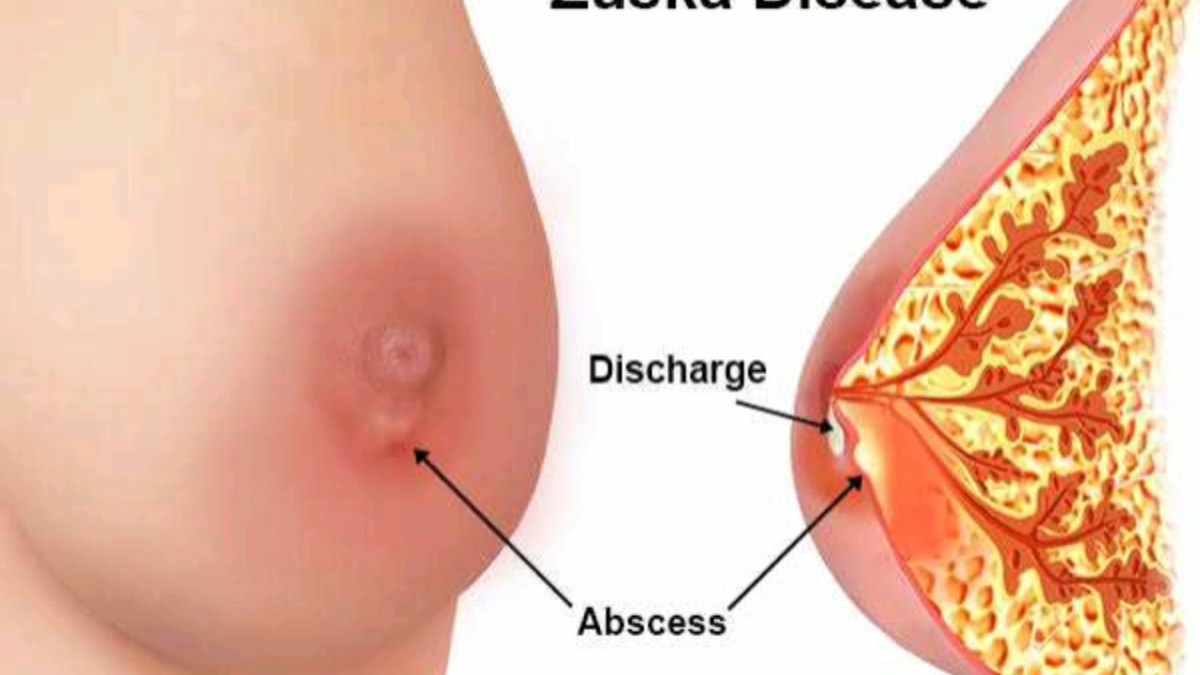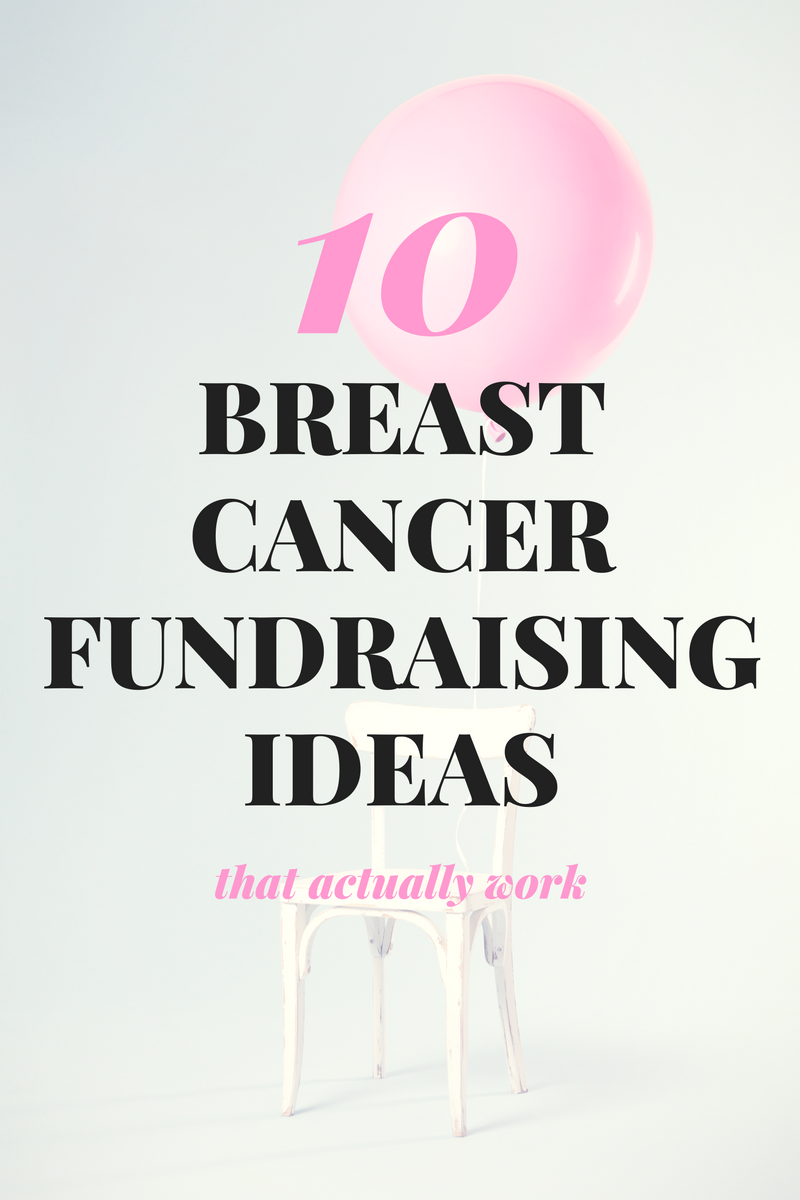Breast Cancer Awareness: Lumpectomy Vs. Mastectomy Plus Breast Self-Examination Methods
My family history on cancer
There were already three female cousins of mine who had lost their battles to breast cancer. All of them—my first cousins— were in their early 40s. Two of them were married and had children; they died the same year. The other one was single; she died about 10 years earlier than my 2 other cousins.
The breast cancers of my three cousins were in its terminal stage, so no hope to survive no matter how much money they spent on the treatment.
I have another female first cousin lately who has been diagnosed with breast cancer, and thanks God that she detected the lump early and did not dilly-dally consulting with the doctor. Now she has undergone chemotherapy and other medications. I have a strong feeling that she will survive in this because the cancer is in its early stage.
Given the family history on cancer, I'm thinking now that maybe I would have this breast cancer too someday. (My father and my two uncles died of lung cancer).
Because of my family history on cancer, I began to read a lot on cancer articles particularly on breast and lung cancers.
In this hub, I include the very basic breast cancer awareness—breast self-examination. Breast self-examination has three methods. You can do all the three to make sure if there's any lump in your breast. And if you detect any lump, discuss with your doctor about lumpectomy vs. mastectomy.
Breast Self-examination Methods
All women past the age of 40 should learn the technique of self-examination to find lumps or tender spots in the breasts and should practice it monthly (preferably right after menstruation), since early diagnosis and prompt surgical removal of breast cancer offers the only hope of cure.
Method #1 - Lying down
After gently feeling for a lump or thickening of the breast while she bathes or showers, the woman lies down with her right hand behind her head. With her left hand, she gently feels the right breast, pressing very, very lightly being sure to cover the entire breast and underarm. She then places her left hand behind her head and examines her left breast with the right hand in the same manner. The fingers are kept flattened while the hand makes small circular motions to detect any growths within the tissue.
Method # 2 - Sitting up
The same procedure (gently feeling all parts of each breast) is repeated with the woman sitting, her hand behind her head.
Method # 3 -Standing in front of the mirror
Visual inspection in front of a mirror can also be done. With arms at her sides, the woman carefully studies the contours and skin of each breast. Additional observation should be made with the hands pressing inward on the hips to lift the breast and chest muscles. Abnormalities of shape or skin texture or a change in the size of a breast are possible indications of disease and should be reported immediately to a physician.
By establishing a regular examination routine, even slight changes can be noticed. Early detection of a tumor or cyst enables the woman to receive treatment before the condition becomes serious or a malignancy travels to other organs.
Lumpectomy vs. Mastectomy - Which surgery improves survival time?
Women dread ever having to face radical mastectomy, but thanks to modern research, you might not ever have to. What was once considered to be standard procedure is no longer recognized as the best treatment for all types of breast cancer.
Removal of the entire breast with some of the tissue in the adjacent armpit can leave women with depression, anxiety and sexual dysfunction.
Mastectomy can leave the chest bony and scarred. Studies indicate that mastectomies fail to alter the ultimate outcome once a breast cancer sets its course. Would removing only the lump (lumpectomy) give the woman as good a chance to survive?
Dr. Bernard Fisher of the U.S. National Surgical Adjuvant Breast and Bowel Project (NSABP) concept is that breast cancer is a systemic disease (it involves more of the body than just the breast). He believes that the local treatment of a cancerous lump, whether by mastectomy or lumpectomy, is unlikely to affect survival time significantly.
Dr. Fisher studied women for nine years and found that, following lumpectomy, 43 percent of the women had recurrence of the tumor in the operated-on breast. Those women who had lumpectomy plus breast irradiation (radiation therapy) had only 12 percent rate of local recurrence.
But no matter which treatment group the women were in – whether mastectomy, lumpectomy or lumpectomy plus radiation therapy – there was no significant difference in the rate of spread of the cancer to another site or in survival time.
Recurrence of tumor, however, indicate a more aggressive type of cancer that would be more than three times as likely to appear at some other site than cancers that did not recur in the breast.
Mastectomy and breast irradiation lower the rate of recurrence close to the original site, but do not lower the risk of spread to another site, according to researchers.
Radical mastectomy appears to be more effective than lumpectomy (breast-conserving surgery) for improving your survival time.
Breast-saving surgery is good news. But the persistent high death rate from breast cancer is still alarming. One in every 10 women will develop breast cancer.
Early diagnosis of breast cancer is extremely important. Mammography, which is a low-dose X-ray of the breast, can detect cancer earlier before you or your doctor could discover a lump.
Cancer removal at an early stage can be a relatively minor surgical procedure. Chances of a complete cure are good, researchers say.
Mammograms are proving to be valuable in diagnosing unsuspected cancers that doctors are urging all women over 35 to have one. Many doctors suggest that after the age of 50, women need to have a mammogram at least once a year. Mammography will detect about 90 percent of breast cancers. Widespread screening programs can prevent up to 30 percent of breast cancer deaths, doctors say.
Mammography is the best method available for detecting breast cancers in their early stages.

